Fuel to the fire: How climate change makes wildfire season worse
What's at the intersection of climate change and wildfires, and what can we do to intervene?
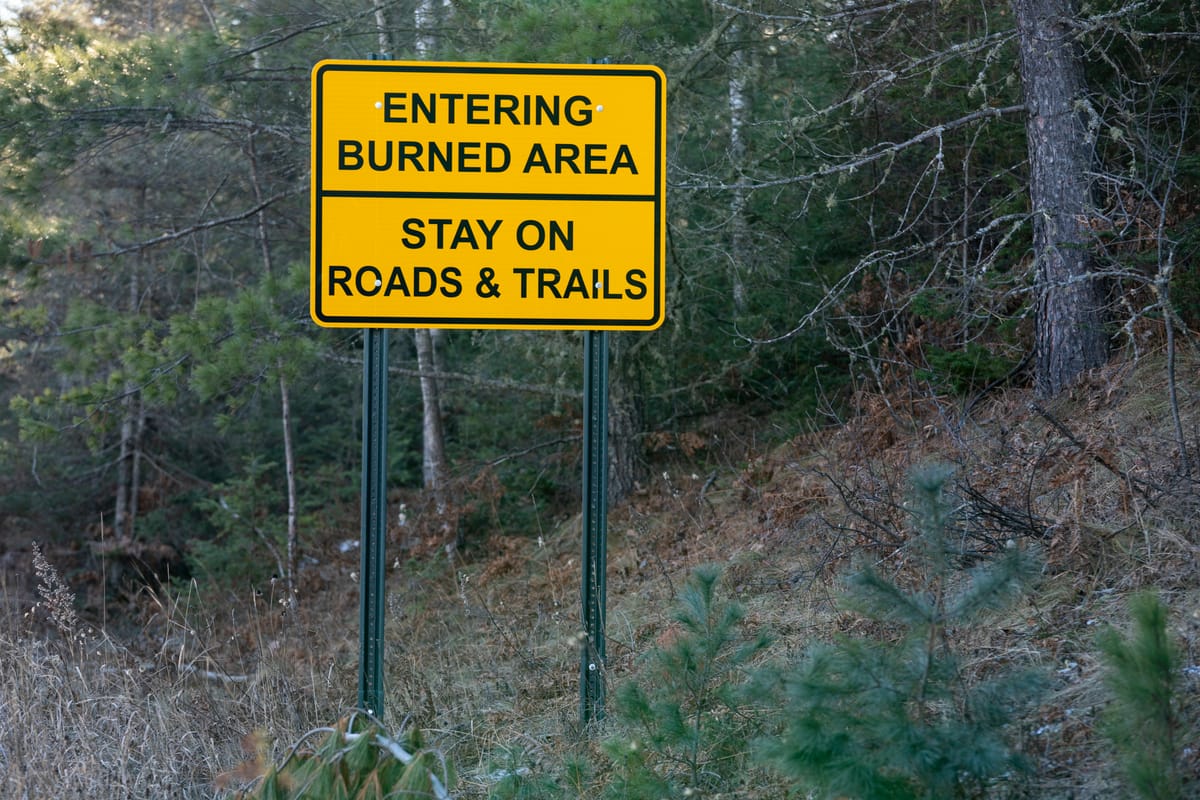
Climate change is impacting wildfire seasons around the world, including in Minnesota.
Shorter winters, higher temperatures, and droughts have helped fire seasons last longer. And burned areas are increasing in size.
The impacts of climate change, on top of pests and decades of fire suppression practices, place Minnesota's boreal forest at high risk of wildfire. The federal government has noticed. Superior National Forest could draw up to $20 million in federal funds to reduce some of that risk.
On top of that funding, there are other hopeful signs, including something Minnesotans can control – how we manage land susceptible to wildfires.
Here are some lessons from experts working at the intersection of climate change and wildfire.
'It's complicated'
Climate change affects wildfires in a few ways, said Dr. Seth McGinnis, an associate scientist IV at the National Science Foundation National Center for Atmospheric Research.
Dr. McGinnis studies simultaneous wildfires of 1,000 acres or greater in size – big wildfires that happen at the same time – in the western U.S.
More large simultaneous wildfires are happening over a longer fire season.
“A lot of the details vary by region, so the way that things are changing in the Southwest may not be the same as the way they're changing the Pacific Northwest,” he said.
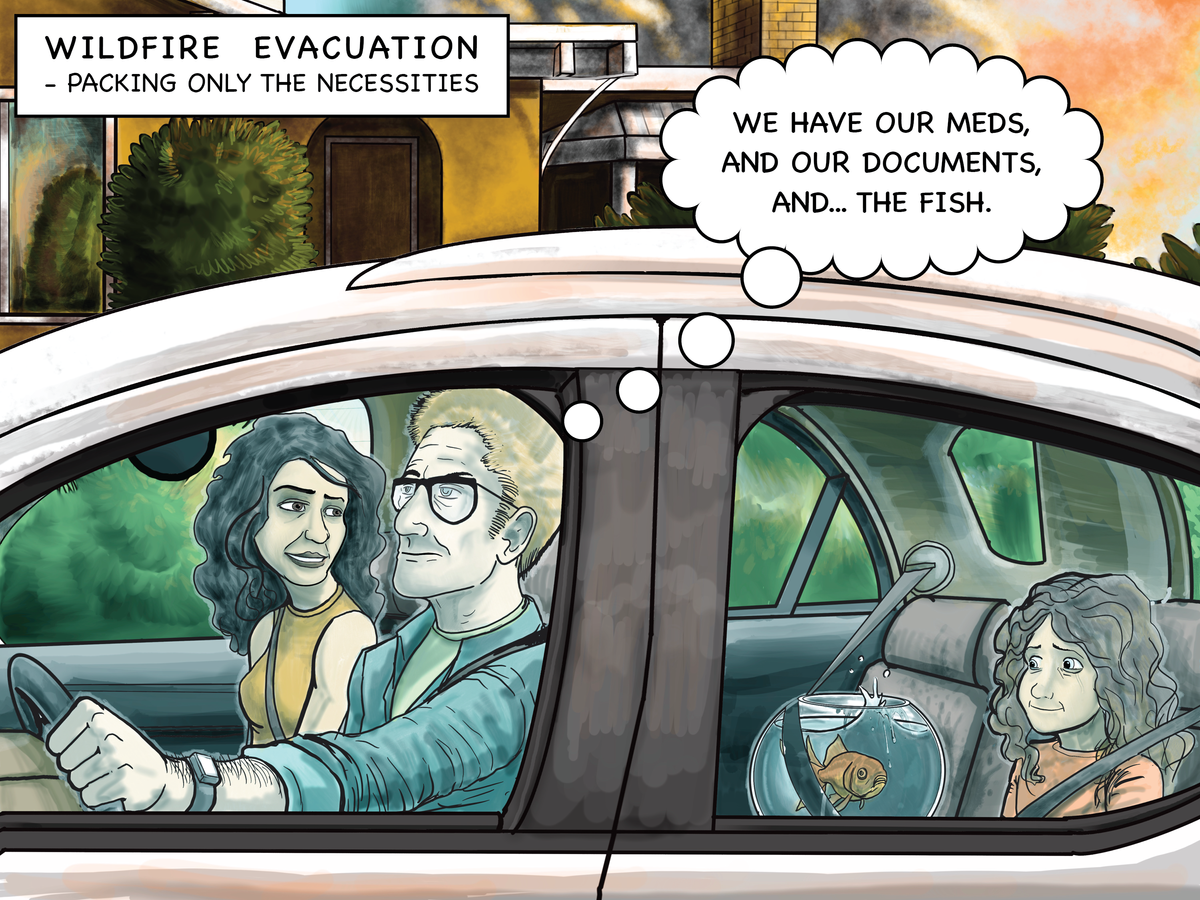
It can be too simple to say there will be “more” wildfires everywhere as the climate continues to change, because many factors play into wildfire risk.
Temperatures are rising, yes, but warmer air holds more moisture.
"It's complicated," Dr. McGinnis said. "Although the atmosphere is getting warmer, it's also getting wetter. And so it's not 100% obvious that that leads to more fires because we're also getting more thunderstorms and more precipitation in some areas.”

The question of whether Minnesota will see more wildfires in the future may depend a lot on land management choices, according to the Climate Change Field Guide for Northern Minnesota Forests by the Northern Institute of Applied Climate Science and University of Minnesota.
How land management can help
Fuel for wildfires – vegetation that in the past might have naturally burned or been part of Indigenous cultural and traditional burning – has built up, said Dr. Alison Cullen, a professor at the University of Washington and expert in environmental policy, decision analysis, and risk analysis.
Dr. Cullen leads a Growing Convergence Research Project studying wildfires in the western U.S. for the National Science Foundation.
“One reason why the fuel buildup is such a serious problem is because people have increasingly moved into those wildland urban interfaces and those spaces between a wildland and cities,” Dr. Cullen said. “A lot of construction has happened there – a lot of development and a lot of population increase.”
In less populated areas where wildfires often start because of lightning strikes, for example, officials can monitor the fires and use natural barriers to keep the fires in check, according to the U.S. Forest Service. These managed fires happen “in remote areas that don’t pose a risk to life and property,” the U.S. Forest Service said.
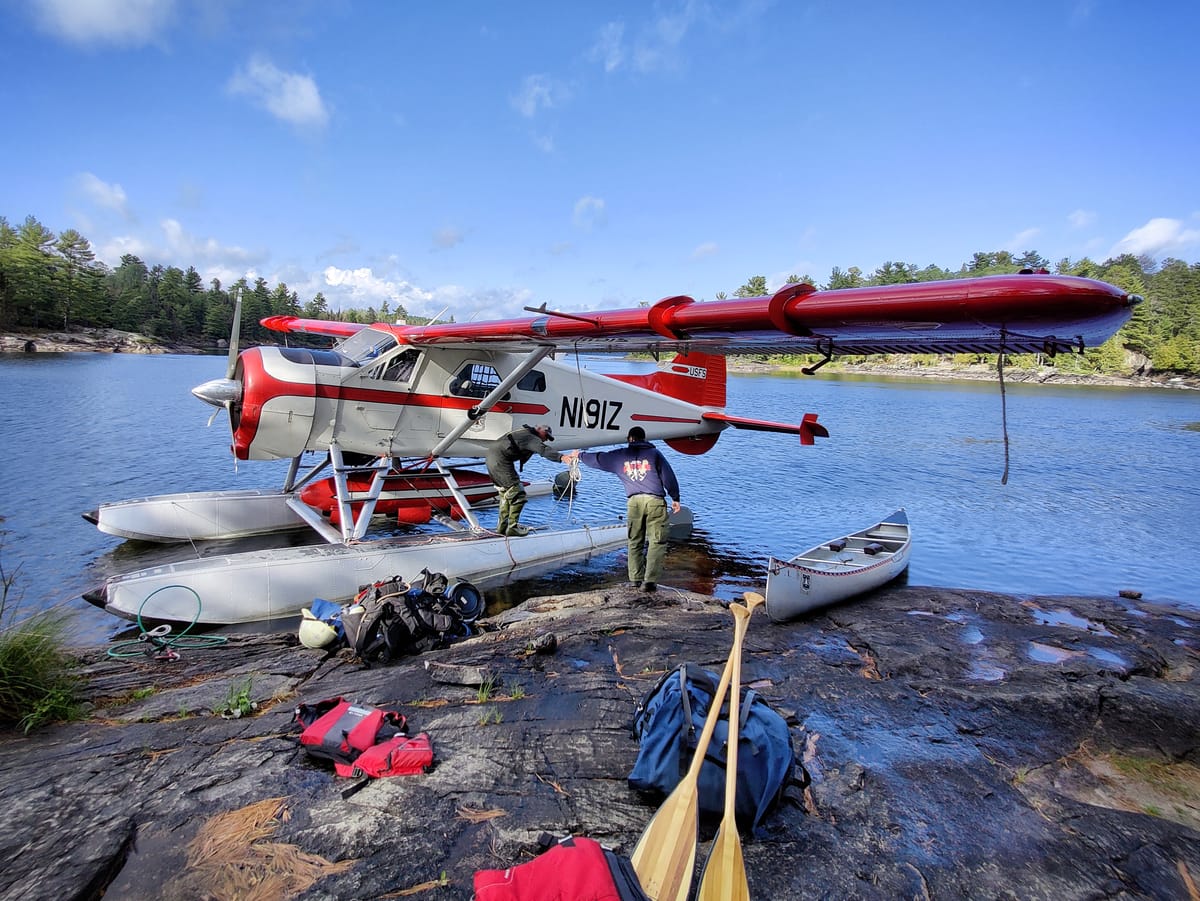
Thinning the fuel could be done through prescribed burns or mechanical means – removing trees and brush with bulldozers, shredders, and chippers – which “can be addressed over longer horizons,” Dr. Cullen said.
When researchers have studied areas that have undergone prescribed burns that have burned again with wildfires, they found reduced impacts compared to areas that haven’t burned as recently, Dr. Cullen said.
“If you have more frequent fires, they tend to be lighter and ... not as intense, and flame lengths are a bit lower so not those really damaging blackening fires that you get when you have a landscape that hasn't burned in a long time,” she said.
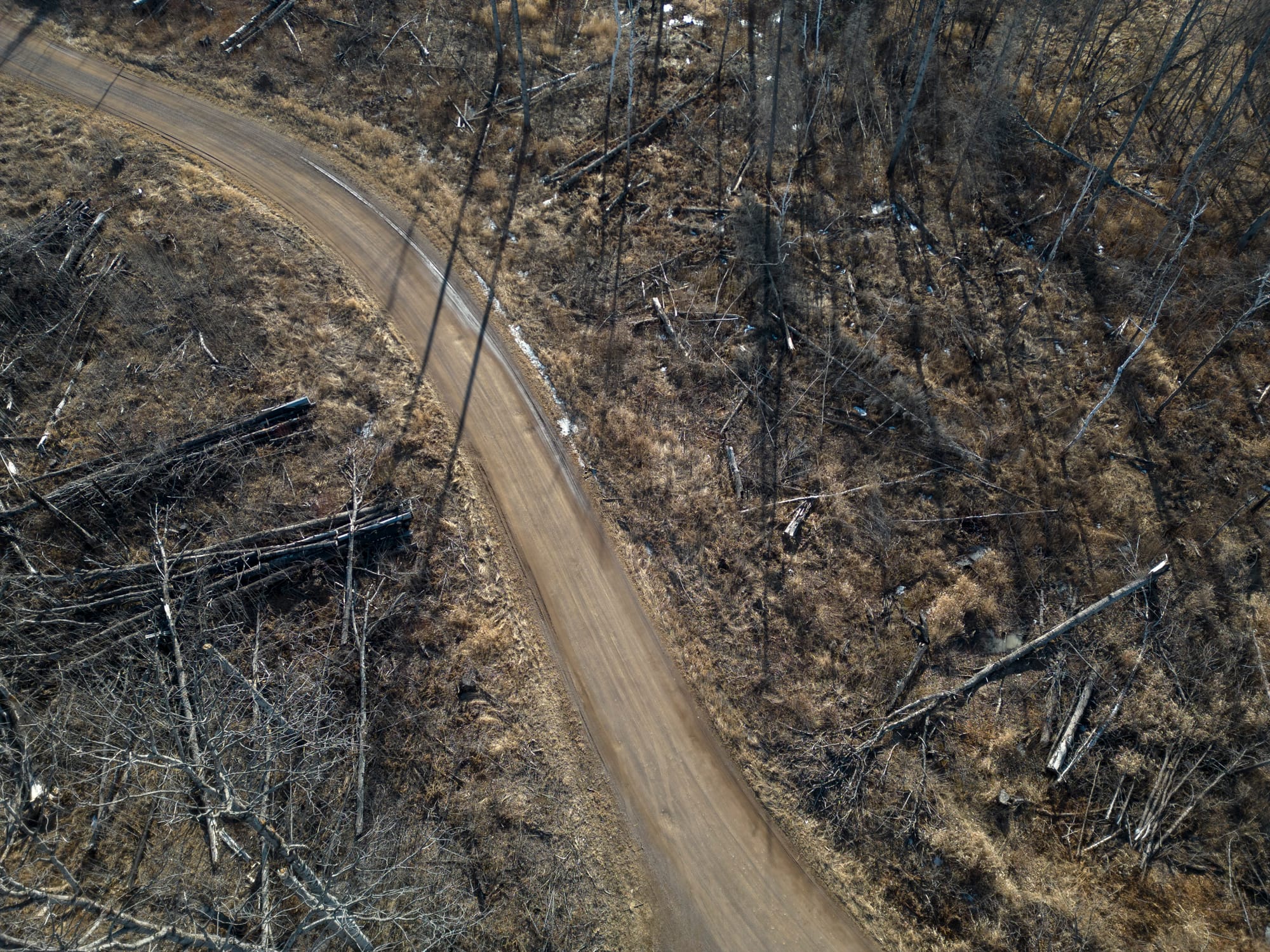
What's zoning got to do with it?
Dr. Cullen said zoning and building codes could be changed to limit where people are allowed to build and what types of building materials they use. However, those changes tend to happen over the course of decades.
Communities rely on people to develop property for homes and businesses which then impact the local property tax base, Dr. Cullen said.
“Local tax bases depend on some amount of that development, and so that's something that better long term planning can certainly address … but it makes it hard in the shorter run,” she said.
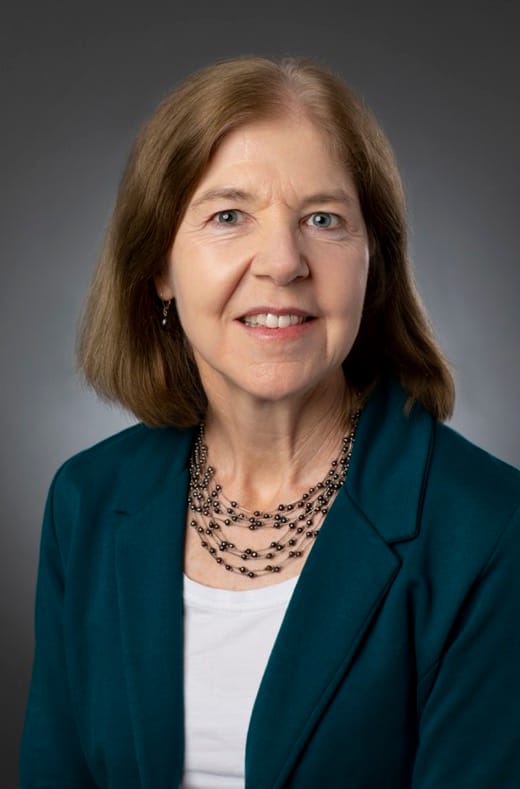
Other challenges include the smoke impact of prescribed burns and the competition for firefighting resources. Another area is in firefighter retention. Because of the high-stress nature of the job, firefighter turnover is common, which means there are fewer firefighters able to do this work and more risk of burnout.
Despite the obstacles, Dr. Cullen said there are reasons to be hopeful.
She pointed to the research on how areas that have undergone prescribed burns tend to have a lower risk of wildfire impacts. Dr. Cullen said officials have also started to understand the need to pay firefighters more appropriately, offer mental health resources, and provide a better work-life balance.
“There are lots of challenges about all these factors,” Dr. Cullen said. “If it were really simple, we would have been more effective at solving it, but progress is being made, so there is a lot of hope.”
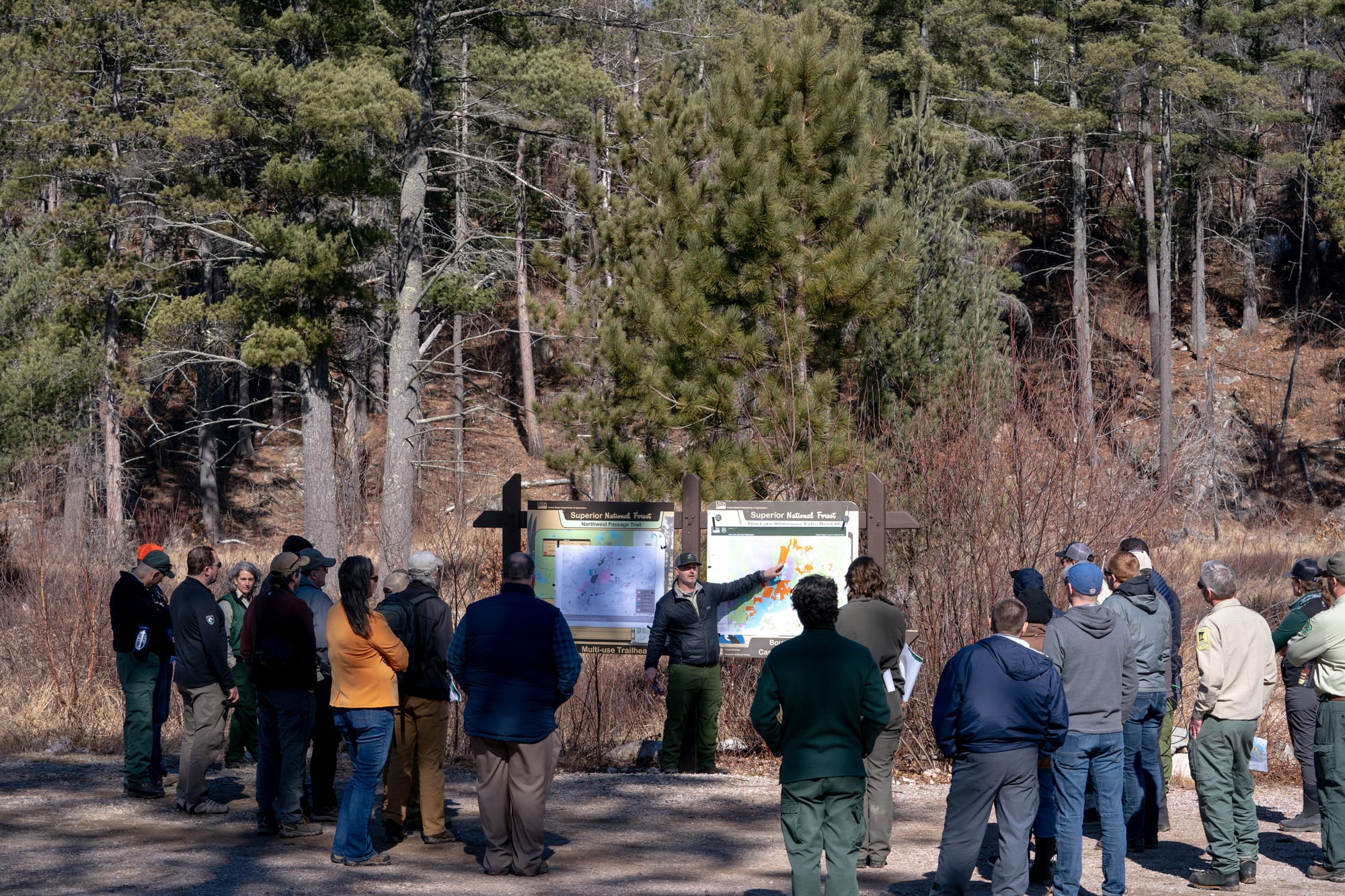
Bonus: How do we forecast wildfires?
When trying to predict how active the upcoming wildfire season will be, experts look at recent precipitation, said Dr. John Abatzoglou, a professor of climatology at the University of California Merced. Precipitation indicates how wet or dry fuel in a given area could be.
Officials then use the upcoming forecast to look for continued dry periods, high temperatures, and windy conditions, all of which play a role in wildfires.
Since grasslands tend to be more fire prone, Dr. Abatzoglou said officials also typically look at the amount of precipitation those areas received in the previous year.
The National Interagency Fire Center publishes new wildfire outlooks on the first of each month looking out over the next several months. The outlooks take into account all of the information Dr. Abatzoglou cited, as well as geography and seasonal changes, such as El Nino, he said.
The April report lists Minnesota and most of Wisconsin and South Dakota as above normal for significant wildland fire potential. May is expected to be more normal.
This article was edited by Becca Most and Nora Hertel and fact checked by Nora Hertel. It is Part III in Project Optimist's months-long series about wildfires in Minnesota. Read the start of the series here. And stay tuned for next week's solutions story on sprinklers. Yes, sprinklers!
